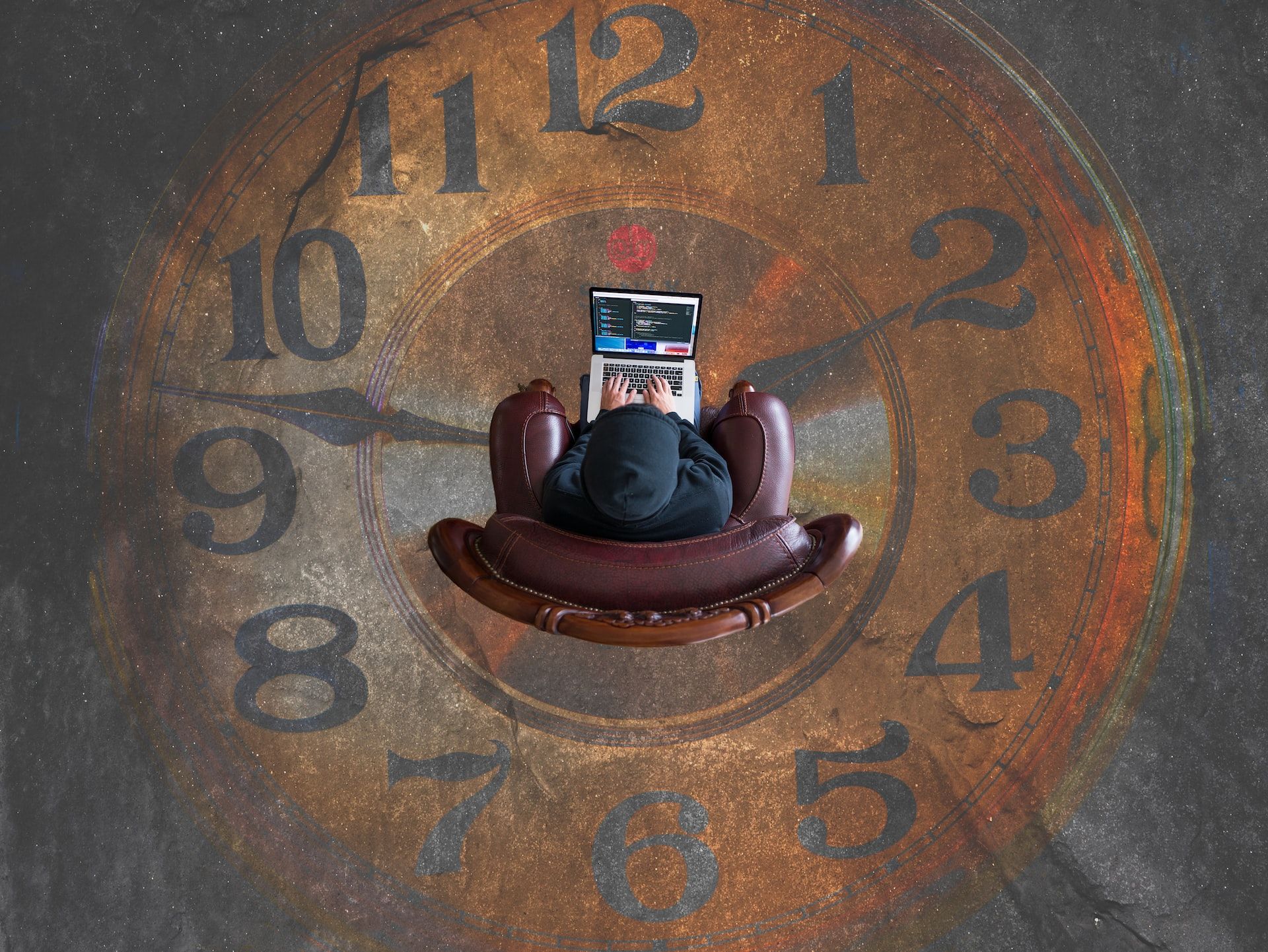You can use the datetime module in Python to retrieve data about date and time.
In this article, you'll learn how to use the datetime object from the datetime module to get the current date and time properties.
You'll also learn how to get the date and time of different locations around the world using the datetime.now() function and the pytz module.
How to Use the datetime Object in Python
In order to make use of the datetime object, you have to first import it. Here's how:
from datetime import datetime
In the next example, you'll see how to use the datetime object.
from datetime import datetime
current_dateTime = datetime.now()
print(current_dateTime)
# 2022-09-20 10:27:21.240752
In the code above, we assigned the datetime to a variable called current_dateTime.
When printed to the console, we got the current year, month, day, and time: 2022-09-19 17:44:17.858167.
Note that we're able to access the information above using the now() method: datetime.now().
How to Use the datetime.now() Attributes
In the last section, we retrieved information about the current date and time which included the current year, month, day, and time at that moment.
But the datetime.now() function provides us with extra attributes for extracting individual data.
For example, to get just the current year, you'd do something like this:
from datetime import datetime
current_dateTime = datetime.now()
print(current_dateTime.year)
# 2022
In the example above, we assigned the datetime.now() function to a variable called current_dateTime.
Using dot notation, we attached the year attribute to the variable declared above: current_dateTime.year. When printed to the console, we got 2022.
The datetime.now() function has the following attributes:
yearmonthdayhourminutesecondmicrosecond
Here's an example of the attributes listed above in use:
from datetime import datetime
current_dateTime = datetime.now()
print(current_dateTime.year) # 2022
print(current_dateTime.month) # 9
print(current_dateTime.day) # 20
print(current_dateTime.hour) # 11
print(current_dateTime.minute) # 27
print(current_dateTime.second) # 46
print(current_dateTime.microsecond) # 582035
How to Get a Particular Timezone in Python Using datetime.now() and pytz
To get information about different time-zones across the world in Python, you can make use of the datetime.now() function and the pytz module.
Here's an example that shows how to get the current date and time in Lagos, Nigeria:
from datetime import datetime
import pytz
datetime_in_Lagos = datetime.now(pytz.timezone('Africa/Lagos'))
print(datetime_in_Lagos)
# 2022-09-20 12:53:27.225570+01:00
In the code above, we first imported the modules:
from datetime import datetime
import pytz
Then we passed in the pytz object as a parameter to the datetime.now() function:
datetime_in_Lagos = datetime.now(pytz.timezone('Africa/Lagos'))
The pytz object has a timezone attribute that takes information/parameter(s) of the specific time-zone you're looking for: pytz.timezone('Africa/Lagos').
With the all_timezones attribute, you can get a list of all the possible time-zones in the pytz library that can be passed in as parameters to the timezone attribute - just like we did in the last example. That is:
from datetime import datetime
import pytz
all_timezones = pytz.all_timezones
print(all_timezones)
# [List of all timezones...]
Summary
In this article, we talked about getting today's date and time using the datetime.now() function in Python.
We saw some examples that showed how to use the datetime.now() function and its attributes.
Lastly, we saw how to get the date and time in specific locations around the world using the datetime.now() function and the pytz module.
Happy coding!

